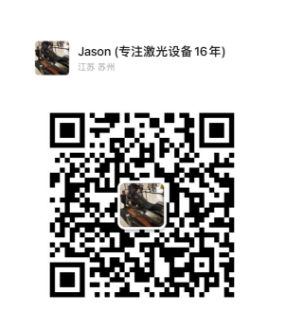Laser marking technology is widely used in many industries due to its high efficiency, accuracy and high automation.
1. Electronics Industry
Application: Laser marking is widely used for the identification of electronic components, including circuit boards, chips, connectors, switches, etc.
Advantages:
The marking process does not contact the material, avoiding physical wear.
Barcodes, QR codes, serial numbers and other information can be engraved quickly and efficiently, suitable for large-scale production.
The marking effect is long-lasting, not easy to wear or fade, ensuring the long-term readability of information.
2. Automotive Industry
Application: Laser marking is used for the identification of automotive parts, such as engines, chassis, body, electronic control units, etc.
Advantages:
Provide permanent identification, in line with industry traceability and safety standards.
Can maintain good identification effect under high temperature, high pressure and corrosive environment.
Fast marking helps improve the efficiency of the production line.
3. Medical Devices
Application: Medical devices such as surgical instruments, implants, disposable devices, etc. require accurate identification.
Advantages:
Ensure accurate marking and achieve product traceability.
Laser marking does not affect the biocompatibility of the device and adapts to the needs of clean environments.
It can mark complex patterns and information to meet industry standards.
4. Packaging Industry
Application: Laser marking is commonly used on the packaging of food, medicine and consumer goods.
Advantages:
Marking on the surface of the package avoids the use of traditional inks or labels, which is environmentally friendly and beautiful.
Able to mark on a variety of materials (such as plastics, paper, metal).
Supports variable data marking, suitable for mass production and personalized customization.
5. Metal Processing
Application: Marking and engraving of metal parts, tools and instruments.
Advantages:
Laser marking performs well on various metal materials (such as aluminum, copper, stainless steel, etc.).
Deep engraving can be performed to meet different process requirements.
Provides high-precision and high-quality marking effects, which are suitable for industry standards and regulatory requirements.
6. Consumer Goods
Application: Laser marking is used for the identification of daily consumer goods such as mobile phone cases, electronic products, and home appliances.
Advantages:
Provides anti-counterfeiting and brand identification to increase product premiums.
It can be customized and uniquely designed according to consumer needs.
Anti-wear and corrosion-resistant markings improve product durability.
7. Aerospace and Military
Applications: Aircraft and spacecraft parts, military equipment, etc.
Advantages:
Strong traceability to ensure that each component can be tracked and audited.
Meet high standards of durability and reliability requirements.
Ability to maintain the clarity and integrity of the logo in harsh environments.
8. Arts and Crafts
Applications: Engraving and marking of crafts, trophies, souvenirs, decorations, etc.
Advantages:
Complex patterns and fine designs can be made to increase artistic value.
Laser marking can handle a variety of materials, including wood, acrylic, ceramics, etc.
High-speed, non-contact processing methods reduce material loss.
9. Building and Construction Fields
Applications: Identification and tracking of building materials, pipelines, equipment, etc.
Advantages:
Ability to mark on a variety of building materials (such as concrete, wood, metal, etc.).
Long-term and effective identification facilitates tracking and management of materials.
The wide application of laser marking technology in many fields undoubtedly demonstrates its flexibility and high efficiency. With the continuous development and progress of technology, its application areas may continue to expand to meet the needs of more industries. In the future, laser marking will further enhance its advantages in personalization, environmental protection and intelligent manufacturing, and provide more advanced solutions for various industries. Click here to contact Suntop Laser now to learn more.




















































